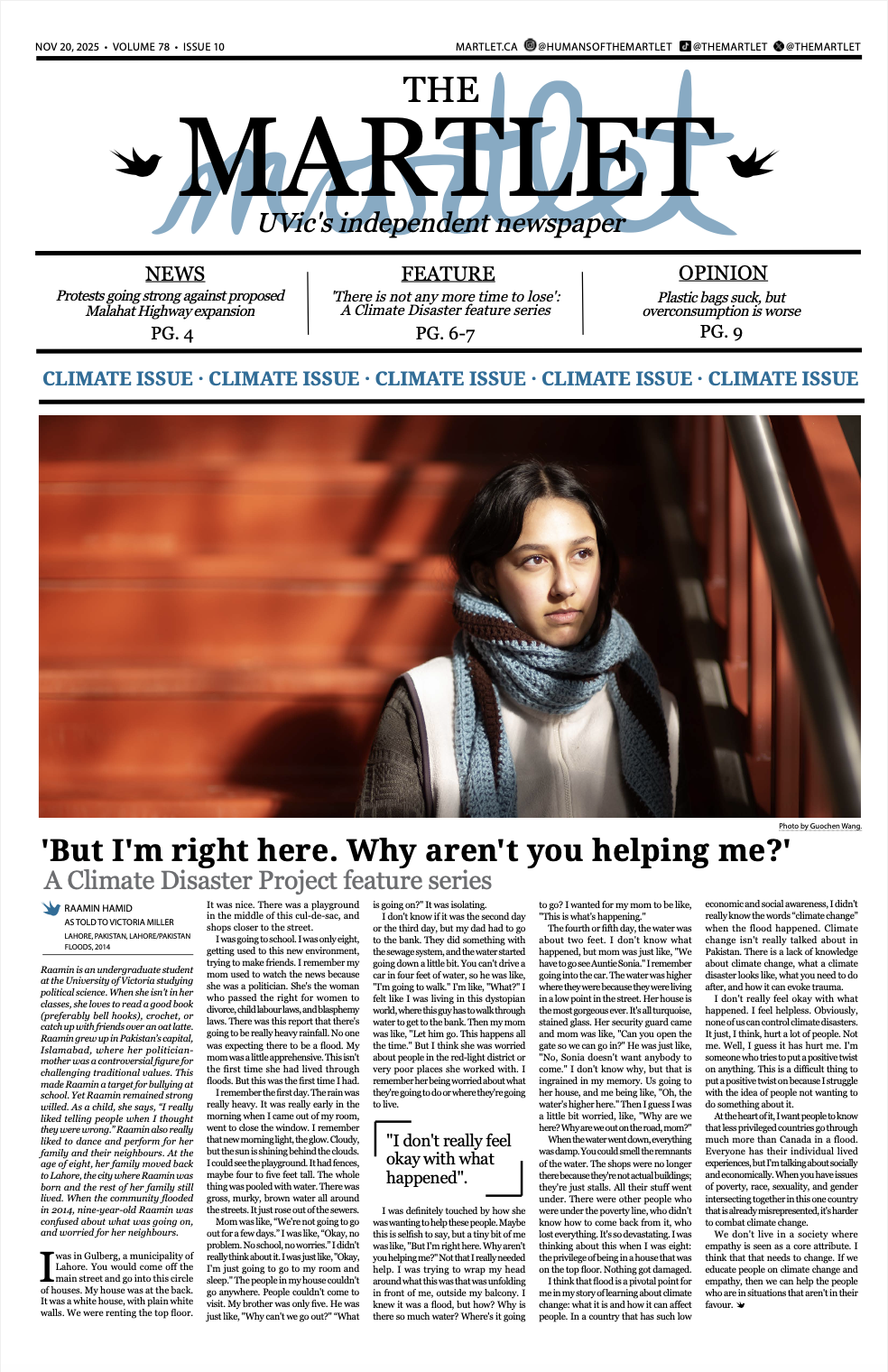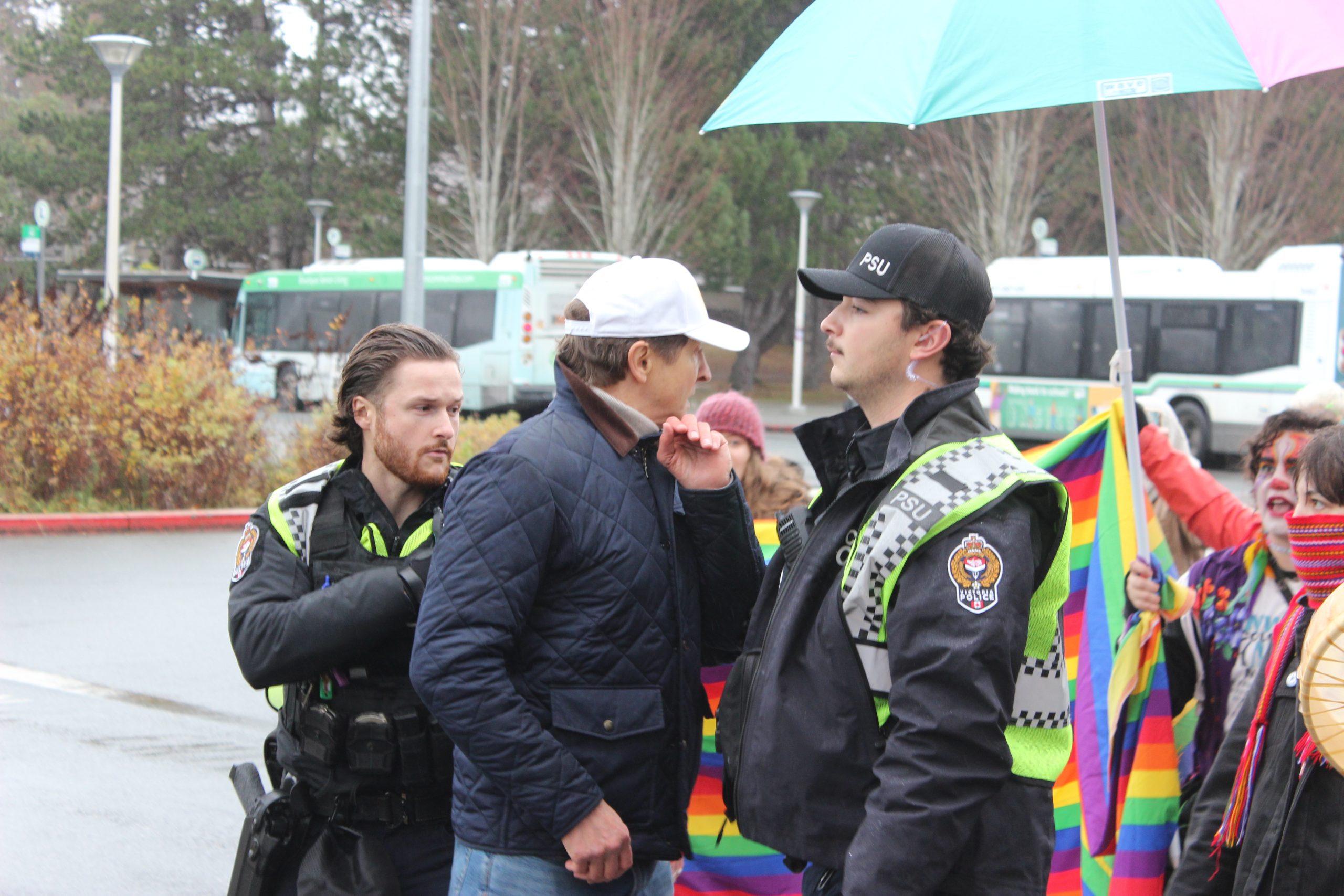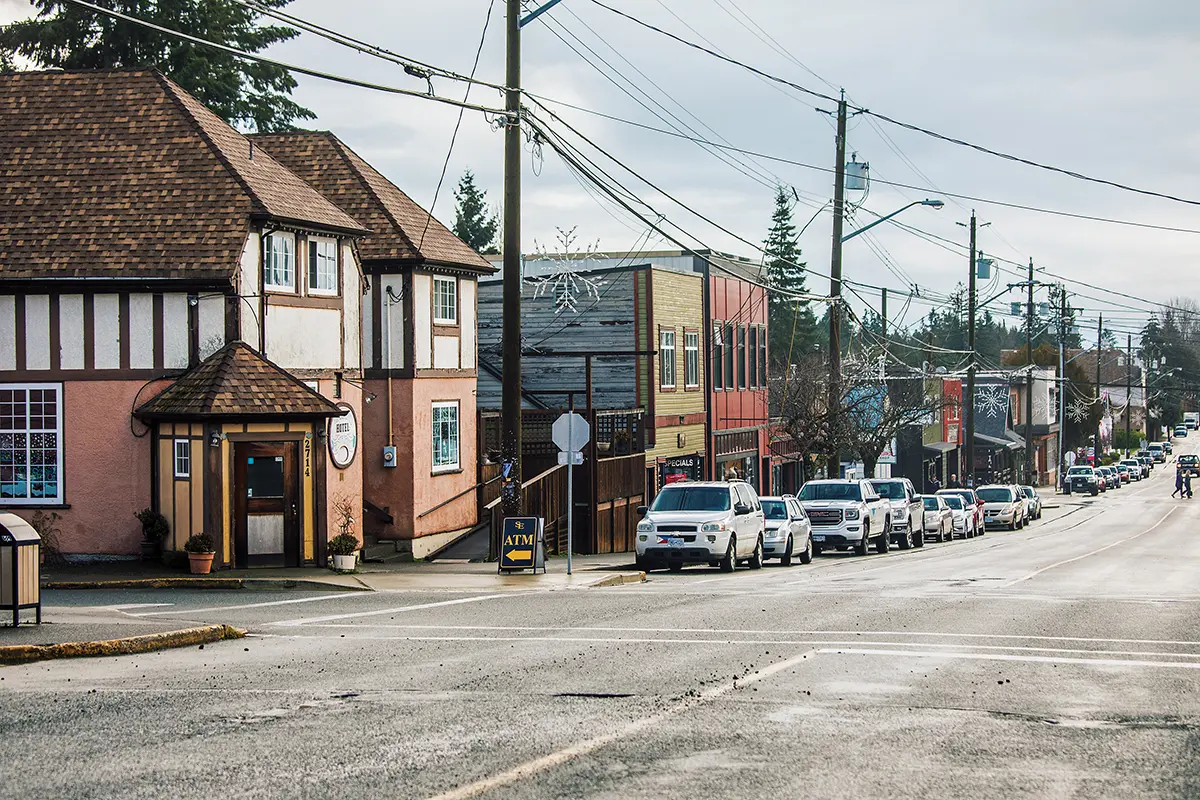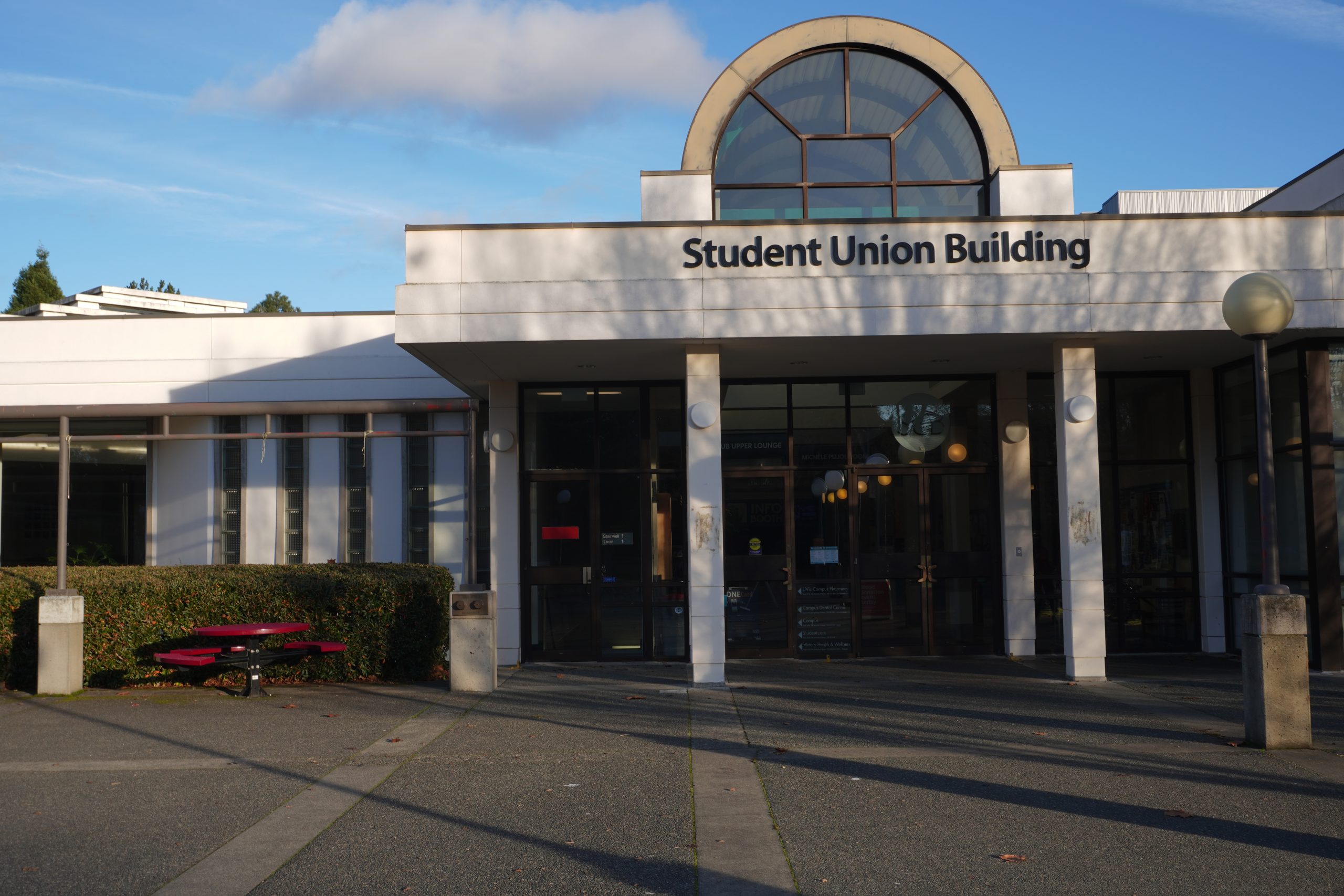Murray Sinclair’s legacy will live on at UVic

Photo courtesy of University of Victoria.
Murray Sinclair, chief commissioner of Canada’s Truth and Reconciliation Commission (TRC), passed away on Nov. 4, 2024, leaving behind lasting impacts on education and reconciliation within university curricula.
The TRC was a national inquiry in which commissioners heard the stories and experiences of residential school survivors — one of the commissioners being Murray Sinclair.
“Education has gotten us into this mess, and education will get us out,” Sinclair famously said of reconciliation.
Marion Buller, UVic’s Chancellor and former chief commissioner of the Inquiry into Missing and Murdered Indigenous Women and Girls, said that education has shifted since after the national inquiry into residential schools and dialogue now exists after the work Sinclair did with the TRC. This was something previously not discussed. “As Murray so wisely said, we have to know the truth first,” said Buller. “The national inquiry exposed a lot of truth.”
Bunni Williams, an Indigenous Studies student at UVic, said Sinclair’s work has opened up conversations about what truth and reconciliation actually means, but they are apprehensive about the steps the university is actually taking towards education and reconciliation.
“I’m not sure if we are doing the right thing,” Williams said.
Much of UVic’s faculty had the opportunity to work with and learn from Sinclair, including Carey Newman, UVic’s Impact Chair in Indigenous Art Practices and the artist behind the Witness Blanket — a commemorative piece for the TRC.
The Witness Blanket is created from objects collected from residential schools, churches and government buildings. The commissioners of the TRC themselves, Sinclair included, chose this piece as a representation of residential schools and its survivors.
In the documentary created for the Witness Blanket, Picking Up the Pieces: The Making of the Witness Blanket, Sinclair encouraged everyone to interact with the blanket, using it as a way to explain that it’s “the most significant contact that [many people] will ever have with an existing [residential] school.”
The Witness Blanket is one of the many symbols of the work the TRC did to commemorate the existence of residential schools:
“[The Witness Blanket] presents stories, and people find their own way in, and from there that’s where they begin to take action,” said Newman. “Reconciliation exists in actions, not in the thoughts.”
UVic has taken recent action towards reconciliation by recently putting up a survivor flag. “I don’t think that flag is without Murray’s legacy and influence,” said Newman.
Buller also said the flag would not be here unless it was for the work of Sinclair and the TRC. “We wouldn’t be having this conversation without [him],” said Buller.
Both of Sinclair’s grandparents and parents were attendees of residential schools. Through the TRC, Sinclair heard the stories of thousands of residential school survivors. After hearing these stories, he referred to the policies of the residential school system as “cultural genocide.”
Newman said the actions Sinclair took and the work he did was not performative, nor was it simply because it was his job. “He did it because that’s what he believed in,” said Newman.
Alyssa Dobie, another Indigenous Studies student at UVic, said, “[Sinclair’s] involvement in the Truth and Reconciliation Commission has helped guide a framework for [my] education.”
The belief-driven approach Newman talked about is apparent in Sinclair’s diverse involvement not only with the TRC, but with various other boards and committees. He worked to bring together the Canadian judicial system and Indigenous ways of governance.
In 2011, Sinclair received an Honorary Doctor of Laws by the University of Winnipeg. The university’s website states that “[Sinclair’s] Ojibwe name Mizanay Gheezhik means ‘the One Who Speaks of Pictures in the Sky,’ and Sinclair has spent his life creating a new image of justice for Aboriginal people.”
While there is no doubt that Sinclair has impacted the work of education and reconciliation at UVic, the university still has more work to do.
“I was taught … that we can’t fix the system that is built on oppression, racism and violence through policy reform … we need a full system overhaul,” said Williams. “University is a space for [students] to unlearn, and learn.”








